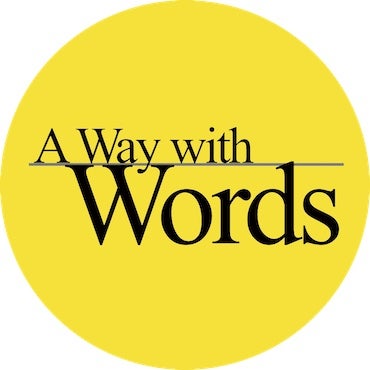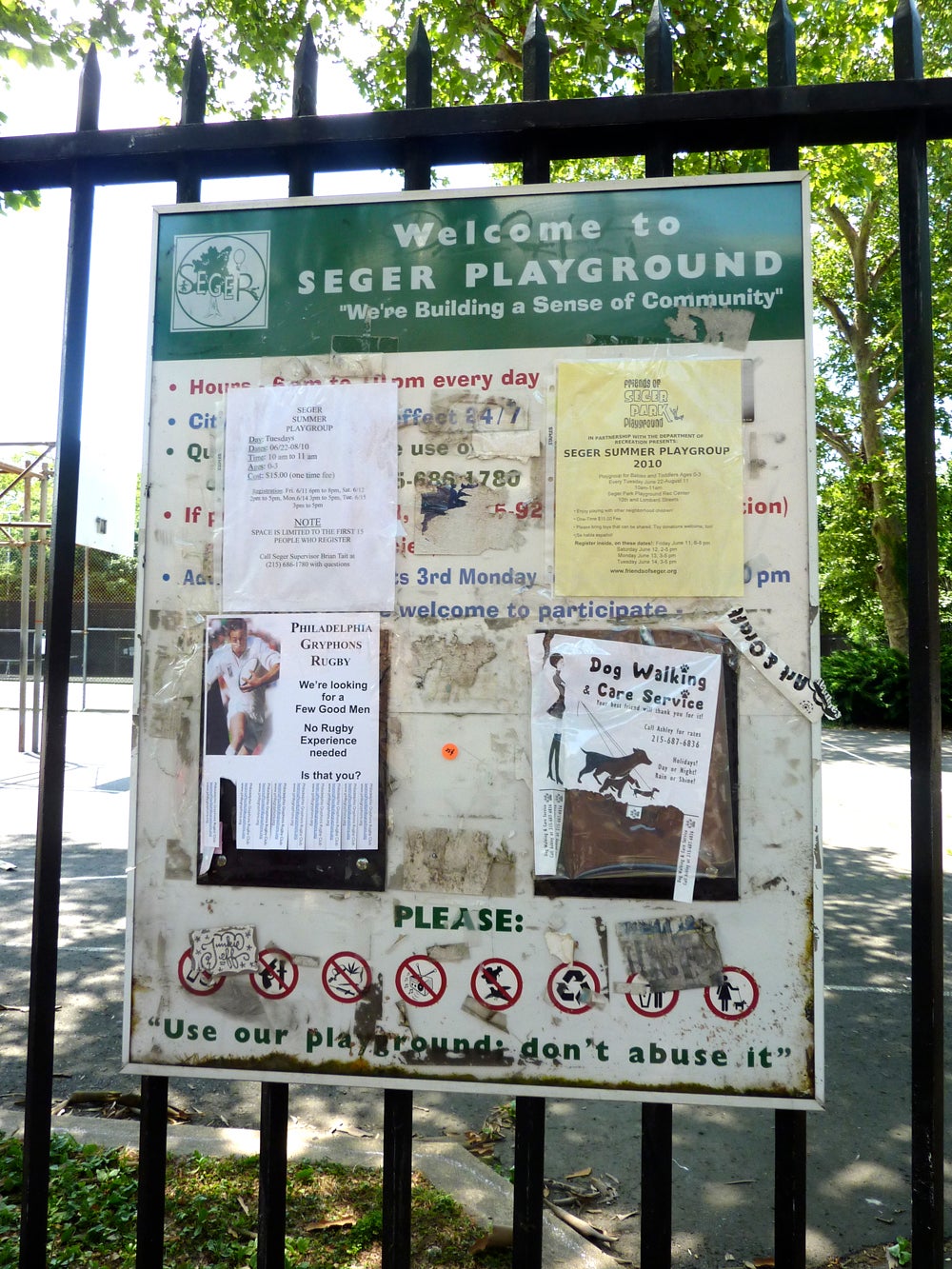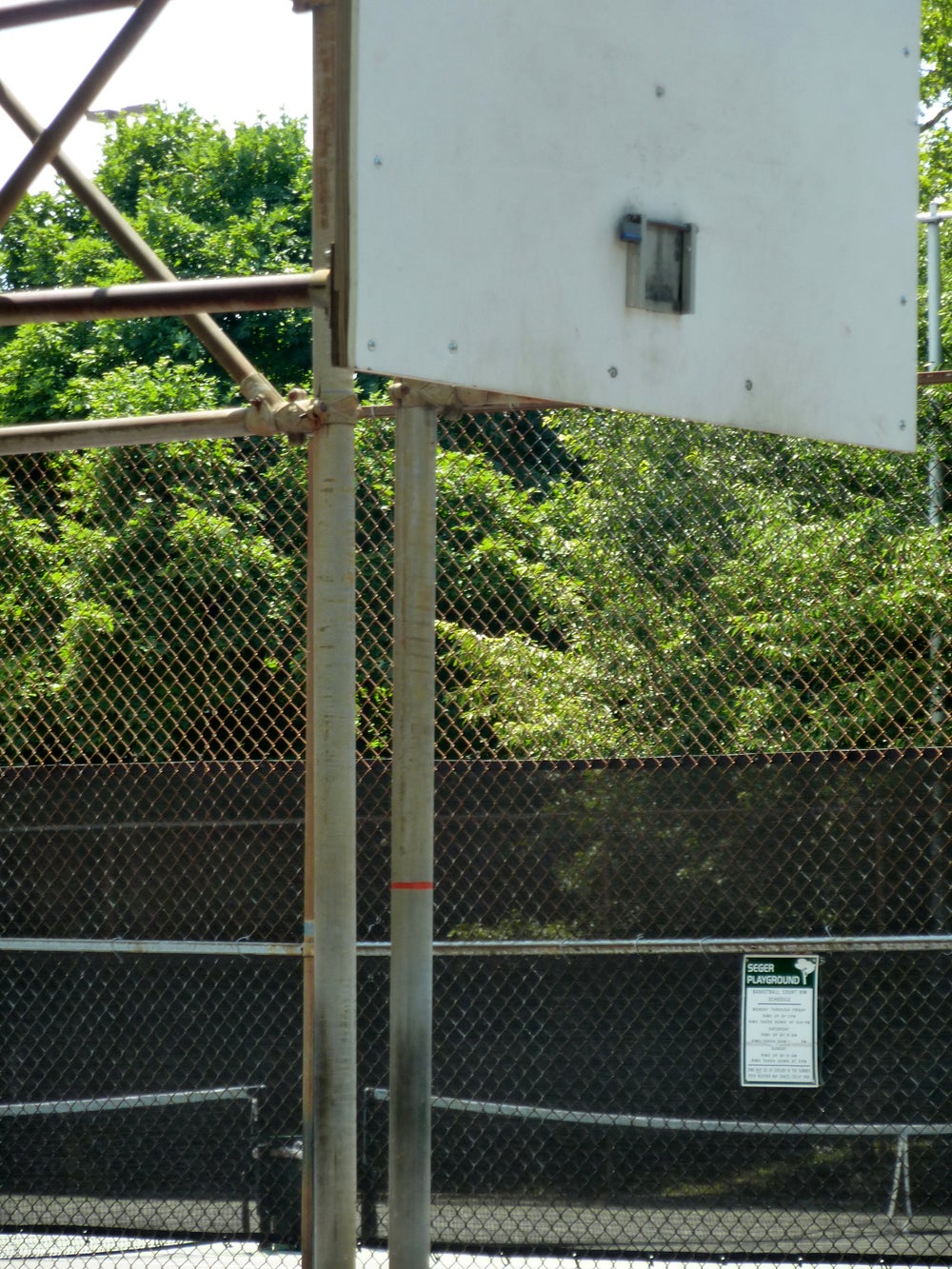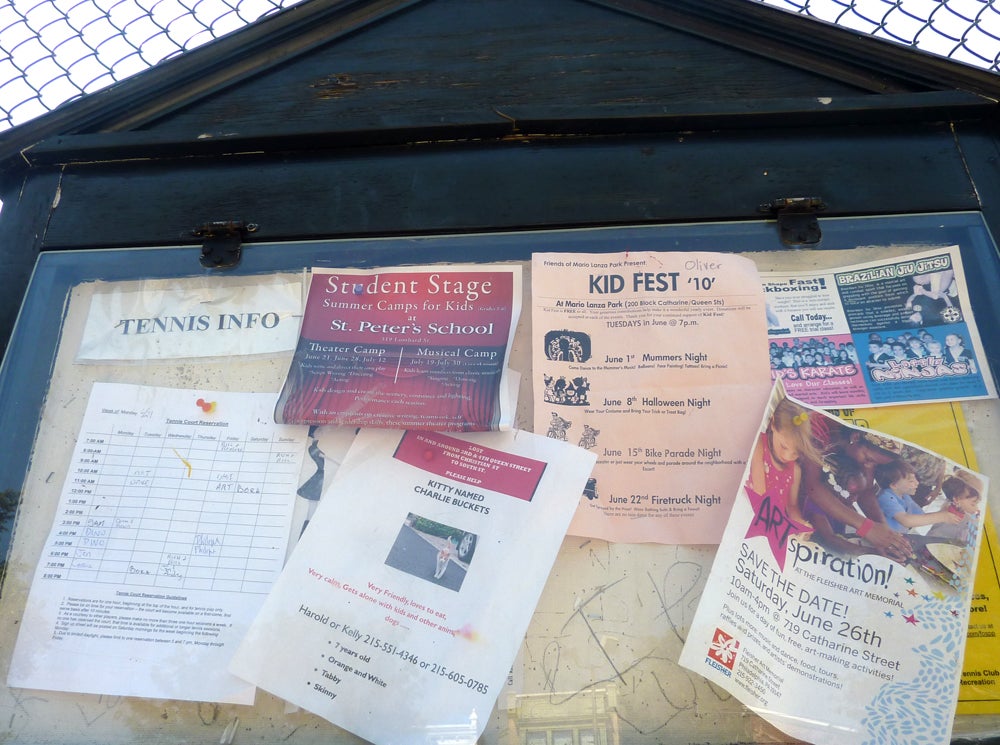Some simple solutions for our parks and rec centers
By JoAnn Greco
For PlanPhilly
As Philadelphia lazes itself into summer this week, its parks and recreation system enters its busiest season. Just in time for the extra wear and tear come some major changes in how things will be done.
Among the biggest developments: the city’s parks department and its recreation department officially complete their merger, and Jane Pepper, long-time executive director of the Pennsylvania Horticultural Society officially hands the baton to newcomer Drew Becher.
They face huge challenges in funding, maintenance, operations and goal achievement. There’s talk of big proposals and some far-off dreams. These are promising, and exciting, especially when there is talk of creating parks out of under-used land. We needn’t wait until a High Line-like this or a Bryant Park-like that is realized. We’ve already crafted a perfect park out of Franklin Square, a previously under-used derelict space. With food (from Stephen Starr, no less), picnic tables, tot lots, options like a carousel and miniature golf course, this one’s got everything.
The rehabbing of Franklin Square was a big project. But there are lots of simple fixes, many not requiring extra money or extra manpower, that could go a long way to helping our beleagured parks and rec system. Here are a few suggestions:
Pay Attention to the Perimeter: Too often, the sidewalks around our parks and recreation centers are neglected. Plastic bags make their way up trees and stay there for years (Becher has talked about bringing a tree-picking device to town.) Leaves collect, deteriorate, and turn into gunky sludge. Snow piles up and becomes icy. Curb appeal matters for these spaces as much it does elsewhere — a park that’s not tidy and welcoming on the outside suggests that the same sorry state awaits inside.
Pay Attention to Entranceways. It’s rare to find a sign outlining park hours and rules that hasn’t been graffittied, covered over with flyers, or is just plain falling apart. P&R should make a one-time purchase of new signs and they should uniformly spell out information and be placed at all entrances. And all entrances should remain open during park hours. Too often, the city’s larger playgrounds — those attached to rec centers — have only one open entrance for an entire square block, forcing basketball shooters, dog-run users, parents of toddlers, and tennis players to use one entryway and then to disperse to the four corners to get to where they’re going.
Enforce Dog Leash Laws. With the creation of so many dog runs in recent years, there’s no longer any excuse for owners to let their dogs off-leash. Our four-footed friends are rough on grass and flower beds, and they can terrorize small children. The thing is, it’s really not safe for the dogs either. The signs are up everywhere — let’s work to actually enforce the fines that they threaten.
Don’t Be Afraid of Commerce. Talk about adding a vendor or two in Rittenhouse Square, and the place goes mad. But what’s wrong with providing a few spots to pick up a soda or an ice cream cone in Philly’s larger and busier parks? Those aforementioned New York models — Bryant Park and the High Line — are rich with such options, even if there are a dozen delis within a few blocks’ walk. Knowing that food and drink is available inside the park might make the difference for folks considering spending an hour or two reading, wandering, or sitting.
Help With Trash. It’s a given that the city isn’t able to pick up trash from park receptacles on a daily basis. Make it easier for parks to stay litter-free, then, in between pickups by providing more receptacles, including Big Belly solar ones. Yes, household trash is — and will continue to be — a problem, but it seems a small price to pay for cleaner parks.
Help With Purchases. Parks also are left to their own devices when it comes to providing information boards or kiosks for neighbors. These cost anywhere from $200 to $2,000 and various budgets and tastes result in a mishmash of options from park to park. The same often goes for benches, fencing, etc. If the powers that be can’t afford to buy these things for parks, can’t they use their purchasing might to contract with a provider who can offer a bulk discount for something like three options at three price points?
Bring Friends Groups and Community Gardens Together. Besides operating as a central purchasing clearinghouse, the Parks and Rec Department, Pennsylvania Horticultural Society, and Philadelphia Parks Alliance should also work to serve as an informational one. Why not create a central place (newsletter, blog, web site) and regular meetings so that these groups can share best practices?
Activate the Parks. Too often, the attraction of the city’s larger parks remain inaccessible and unknowable. How can one get to the Japanese House/Horticultural Center by public transportation? When, in fact, are the Fairmount Park Houses open — and what can be found in them? These parks need better signage, better connectivity, and better transit access.
Encourage A Multitude of Uses. Larger parks also should consider adding bike rentals, skate rentals, horse rides, carousels, etc. Rec centers need to work harder — via those aforementioned signs! — to ensure that citizens understand when pools are open, how to reserve tennis courts, and when fields and courts are available for casual pickup games.
Contact JoAnn Greco at www.joanngreco.com.
Check out her new online magazine, TheCityTraveler at www.thecitytraveler.com.
WHYY is your source for fact-based, in-depth journalism and information. As a nonprofit organization, we rely on financial support from readers like you. Please give today.










